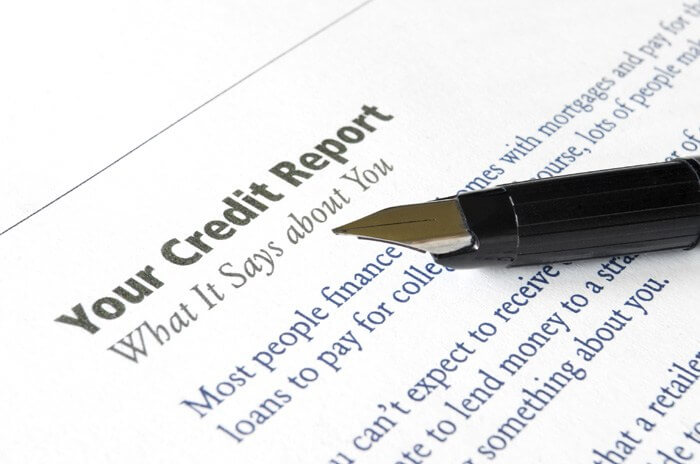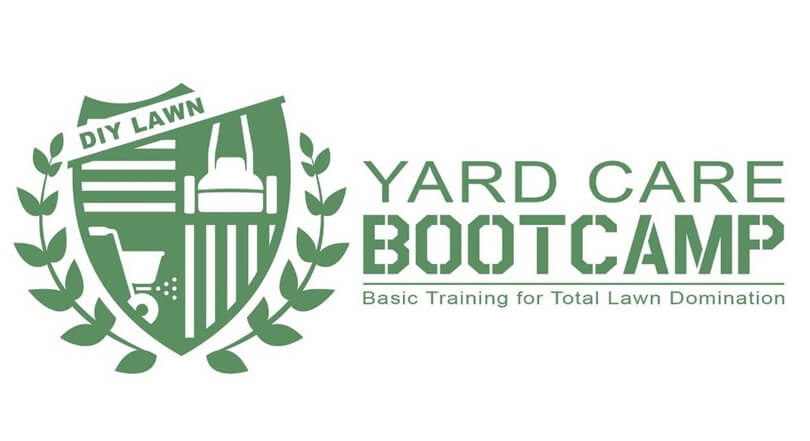
A High Credit Score Can Help When Financing Outdoor Power Equipment
By David Adams, Retail Finance Manager, The Toro Company
You’ve heard those obnoxious jingles on television – ones that relate bad credit scores to working in seafood restaurants or driving beat-up cars. So how do you keep that credit score high in order to make use of financing on the mower of your dreams?!
The first step may be understanding what a credit (FICO) score actually calculates. Simply put, a credit score is the numerical representation of your credit worthiness based on your history of using credit. The FICO range is between 300 and 850, with the higher score being better.
Calculating exact scores is a trade secret, but it can be broken down into the following categories:
- Payment History (35%) – Do you pay your bills on time?
- Credit Utilization (30%) – What’s your ratio of current revolving credit debt to available revolving credit?
- Length of Credit History (15%) – How long have you managed credit?
- Types of Credit Used (10%) – What’s your mix of revolving, installment, or other credit?
- Recent Credit Searches (10%) – Have you recently been applying for, or opened, new lines of credit?
Keeping scores high can be as easy as paying bills on time. If you’ve made late payments in the past, changing this behavior going forward is the quickest way to raise your score.
Closing any unused credit lines, like credit cards, won’t improve your score and will likely hurt it. You want to have a low ratio of debt to available credit. Closing down lines of credit reduces your available credit, which increases your debt ratio.
For example, if you have $3,000 of debt on Credit Card A with a total credit line of $5,000 and no debt on Credit Card B with a credit line of $5,000, your total credit available is $10,000 with a debt of $3,000 (30 percent debt ratio). If you were to close that unused Credit Card B, your total available credit would drop to $5,000. With your outstanding debt still at $3,000, your debt ratio has now doubled to 60 percent, which lowers your score.
The bottom line is your score plays a big role in your chances of being approved, not just for credit, but for the best available rates and terms. Scores over 700 are generally considered good and will likely get you approved. The best available terms – like zero percent interest or no payment financing promotions – usually go to those with higher scores. A lower score could land you with interest rates in the teens or not qualify you at all.
By working on paying bills on time and keeping a low debt ratio, your FICO scores will start to rise. But scores aren’t the only thing lenders look at. They will look at how stable your life appears to be, too. Things like the length of time at a job or living at an address can also play an important role in the decision.
So start living smartly and establish a stable playing field — and maybe those nagging TV jingles will leave your head for good!



